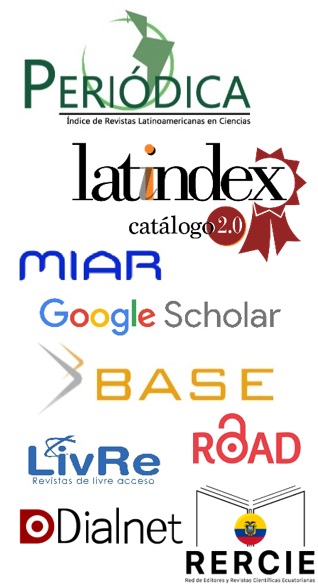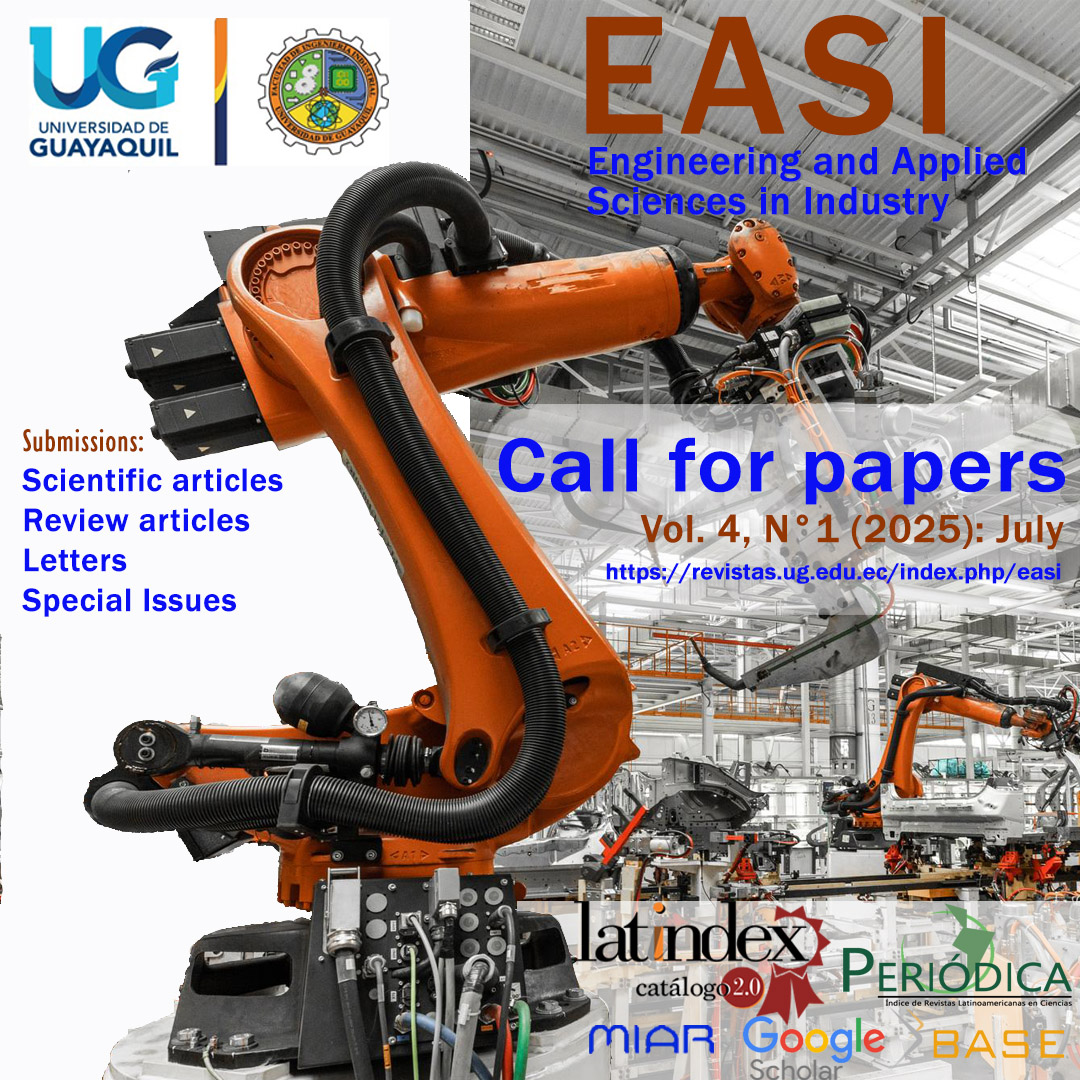Machine Learning Healthcare Scheduling System for the Chilean Primary Public Health Network
DOI:
https://doi.org/10.53591/easi.v1i2.1849Keywords:
Machine Learning, Planificación de citas, Sistema primario de saludAbstract
There are factors that measure the performance of health services, like efficient healthcare access. Managing access to these services to reduce waiting times for patients and users has been a relevant issue at the level of public policies. In Chile, one of the biggest challenges is to provide a system for assigning medical appointments, especially in the public network of Primary Health Care (PHC). Some of the initiatives are administrative procedures, but few of them are in the realm of digital transformation. This research aims to study different machine learning algorithms, including K-nearest neighbors, random forests, decision trees, and support vector machines. The goal is to classify medical appointments according to user preferences and resource constraints, based on data obtained from previous experiences. The potential application of these algorithms to manage an appointment assignment system is evaluated. The results are still conservative and highlight the need to optimize the parameters associated with these algorithms to ensure an efficient allocation of citations to system users.
References
Abdalkareem, Z. A., Amir, A., Al-Betar, M. A., Ekhan, P., & Hammouri, A. (2021). Healthcare scheduling in optimization context: A review. Health and Technology, 11(3), 445-469. From https://doi.org/10.1007/s12553-021-00547-5
Ahluwalia, S. C., Damberg, C. L., Silverman, M., Motala, A., & Shekelle, P. G. (2017). What Defines a High-Performing Health Care Delivery System: A Systematic Review. Joint Commission Journal on Quality and Patient Safety, 43(9), 450-459. From https://doi.org/10.1016/j.jcjq.2017.03.010
Almeida, P. F. (2018). Integração de rede e coordenação do cuidado: o caso do sistema de saúde do Chile. Ciência & Saúde Coletiva, 23, 2213-2228. From https://doi.org/10.1590/1413-81232018237.09622018
Annick, A. (2002). El sistema de salud chileno: 20 años de reformas. Salud Pública de México, 44(1), 60-68. From https://www.medigraphic.com/pdfs/salpubmex/sal-2002/sal021i.pdf
Ansell, C. y. (2018). Gobernando la turbulencia: una agenda organizacional-institucional. Perspectivas sobre la gestión pública y la gobernabilidad , 1 (1), 43-57. From https://doi.org/10.1093/ppmgov/gvx013
Arora, A., Bansal, S., Kandpal, C., Aswani, R., & Dwivedi. (2019). Measuring social media influencer index- insights from facebook, Twitter and Instagram. Journal of Retailing and Consumer Services, 49, 86-101. From https://doi.org/10.1016/j.jretconser.2019.03.012
Bass del Campo, G. C. (2012). Modelo de salud familiar en Chile y mayor resolutividad de la atención primaria de salud:?` contradictorios o complementarios? Repositorio Académico Universidad de Chile. From https://repositorio.uchile.cl/handle/2250/138083
Batun, S., & Begen, M. A. (2013). Optimization in Healthcare Delivery Modeling: Methods and Applications. En B. T. Denton (Ed.), Handbook of Healthcare Operations Management. Methods and Applications (pp. 75-119). Springer. From https://doi.org/10.1007/978-1-4614-5885-2_4
Bedregal, P., Zavala, C., Atria, J., Núñez, G., Pinto, M. J., & Valdéz, S. (2009). Acceso a redes sociales y de salud de población en extrema pobreza. Revista médica de Chile, 137(6), 753-758. From http://dx.doi.org/10.4067/S0034-98872009000600004
Bloom, D., Khoury, A., & Subbaraman, R. (2018). The promise and peril of universal health care. Science (New York, N.y.), 361(6404), eaat9644. Science, 361(6404), eaat9644. https://doi.org/10.1126/science.aat9644
Brandenburg, L., Gabow, P., Steele, G., Toussaint, J., & Tyson, B. (2015). Innovation and Best Practices in Health Care Scheduling. NAM Perspectives. doi:https://doi.org/10.31478/201502g
Coloma, F., Díaz, C., Espinoza, C., Flores, F., Guelfand, S., Leyton, C., . . . Mora, M. (2020). Análisis descriptivo de interconsultas emitidas en un período de 5 meses en dos centros de salud de la comuna de La Granja. From http://hdl.handle.net/11447/3351
Curtis, S. L.-R. (2018). Strengthening and implementing health technology assessment and the decision-making process in the Region of the Americas. Revista Panamericana de Salud Pública, 41, e165. From https://doi.org/10.26633/RPSP.2017.165
Dixit, S. K., & Sambasivan, M. (2018). A review of the Australian healthcare system: A policy perspective. SAGE Open Medicine, 6, 2050312118769211. https://doi.org/10.1177/2050312118769211
Dois, A., Contreras, A., Bravo, P., Mora, I., Soto, G., & Solís, C. (2016). Principios orientadores del Modelo Integral de Salud Familiar y Comunitario desde la perspectiva de los usuarios. Revista médica de Chile, 144(5), 585-592. From https://doi.org/10.4067/S0034-98872016000500005
Durrani, H. (2016). Healthcare and healthcare systems: Inspiring progress and future prospects. mHealth, 2, 3. https://doi.org/10.3978/j.issn.2306-9740.2016.01.03
Dzyabura, D., Jagabathula, S., & Muller, E. (2019). Accounting for discrepancies between online and offline product evaluations. Marketing. Science, 38(1), 88-106. https://doi.org/10.1287/mksc.2018.1124
Jahromi, A. T., Stakhovych, S., & Ewing, M. (2014). Managing B2B customer churn, retention and profitability. Industrial Marketing. Management, 43(7), 1258-1268. From https://doi.org/10.1016/j.indmarman.2014.06.016
Jiménez, S. B. (2018). Inequidad en el acceso a salud en Chile: Estudio multifactorial basado en la Encuesta CASEN del año 2013. Revista Chilena de Salud Pública, 22(1), 31-40. https://doi.org/10.5354/0719-5281.2018.51018
Kempa-Liehr, A. W., Lin, C. Y., Britten, R., Armstrong, D., Wallace, J., Mordaunt, D., & ’Sullivan, M. (2020). Healthcare pathway discovery and probabilistic machine learning. International Journal of Medical Informatics, 137, 104087. https://doi.org/10.1016/j.ijmedinf.2020.104087
Kim, H. (2021). Do online searches influence sales or merely predict them? The case of motion pictures. European Journal of Marketing, 55(2), 337-362. https://doi.org/10.1108/EJM-08-2019-0655
Pesse-Sorensen, K., Fuentes-García, A., & Ilabaca, J. (2019). Estructura y funciones de la Atención Primaria de Salud según el Primary Care Assessment Tool para prestadores en la comuna de Conchalí-Santiago de Chile. Revista médica de Chile, 147(3), 305-313. http://dx.doi.org/10.4067/S0034-98872019000300305
Pianykh, O. S., Guitron, S., Parke, D., Zhang, C., Pandharipande, P., Brink, J., & Rosenthal, D. (2020). Improving healthcare operations management with machine learning. Nature Machine Intelligence, 2(5), 266-273.https://doi.org/10.1038/s42256-020-0176-3
Rais, A., & Viana, A. (2011). Operations Research in Healthcare: A survey. International Transactions in Operational Research, 18(1), 1-31. https://doi.org/10.1111/j.1475-3995.2010.00767.x
Reynaldos-Grandón, K. S.-A.-M. (2018). Competencias profesionales, gestión clínica y grupos relacionados de diagnósticos. El caso de hospitales públicos chilenos. Revista de Salud Pública, 20, 472-478. From https://doi.org/10.15446/rsap.V20n4.66564
Salazar-Fernández, C. N. (2020). Autopercepción de salud en adultos mayores: moderación por género de la situación financiera, el apoyo social de amigos y la edad. Revista médica de Chile, 148(2), 196-203., 196-203. http://dx.doi.org/10.4067/s0034-98872020000200196
Salminen, J., Yoganathan, V., Corporan, J., Jansen, B. J., & Jung, S. (2019). Machine learning approach to auto-tagging online content for content marketing efficiency: A comparative analysis between methods and content type. Journal of Business Research, 101, 203-217. From https://doi.org/10.1016/j.jbusres.2019.04.018
Samorani, M. H. (2022). Overbooked and overlooked: machine learning and racial bias in medical appointment scheduling. Manufacturing & Service Operations Management, 24(6), 2825-2842. https://doi.org/10.1287/msom.2021.0999
Sánchez-Franco, M. J., Navarro-García, A., & Rondán-Cataluña, F. J. (2019). A naive Bayes strategy for classifying customer satisfaction: A study based on online reviews of hospitality services. Journal of Business Research, 101, 499-506. https://doi.org/10.1016/j.jbusres.2018.12.051
Schütte, S., Acevedo, P. N., & Flahault, A. (2018). Health systems around the world – a comparison of existing health system rankings. J Glob Health, 8(1), 010407. https://doi.org/10.7189/jogh.08.010407
Srinivas, S., & Ravindran, A. R. (2018). Optimizing outpatient appointment system using machine learning algorithms and scheduling rules: A prescriptive analytics framework. Expert Systems with Applications, 102, 245-261. https://doi.org/10.1016/j.eswa.2018.02.022
Syam, N., & Sharma, A. (2018). Waiting for a sales renaissance in the fourth industrial revolution: Machine learning and arti fi cial intelligence in sales research and practice. Industrial Marketing Management, 69, 135-146. https://doi.org/10.1016/j.indmarman.2017.12.019
Published
How to Cite
Issue
Section
License
Copyright (c) 2022 Berta Guerrero, Luis Pizarro, Vannessa Duarte

This work is licensed under a Creative Commons Attribution-NonCommercial-NoDerivatives 4.0 International License.
Contributions published in the EASI journal follow the open access license CC BY-NC-ND 4.0 (Creative Commons Attribution-NonCommercial-NoDerivs 4.0). This license empowers you as an author and ensures wide dissemination of your research while still protecting your rights.
For authors:
- Authors retain copyrights without restrictions according to CC BY-NC-ND 4.0 license.
- The journal obtains a license to publish the first original manuscript.
For readers/users:
Free access and distribution: Anyone can access, download, copy, print, and share the published article freely according to the license CC BY-NC-ND 4.0 terms.
Attribution required: If any third party use the published material, they must give credit to the creator by providing the name, article title, and journal name, ensuring the intellectual property of the author(s), and helping to build the scholarly reputation.
Non-commercial use: only noncommercial use of the published work is permitted. Noncommercial means not primarily intended for or directed towards commercial advantage or monetary compensation by any third party.
No modifications allowed: The content of the published article cannot be changed, remixed, or rebuilt upon the author’s work. This ensures the integrity and accuracy of the research findings.



